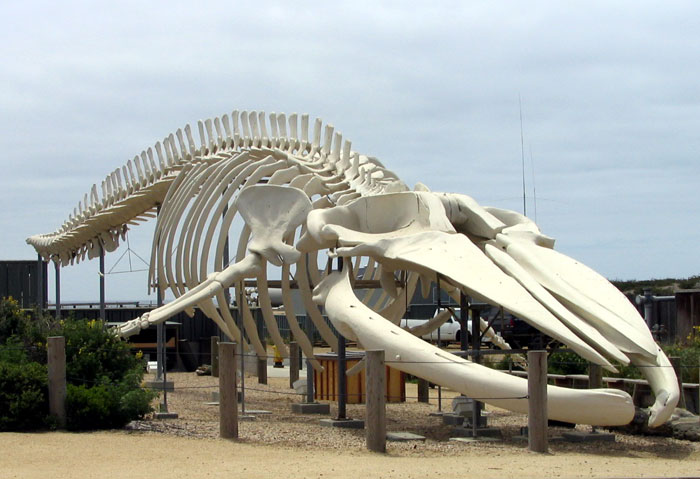

Educational tools and stories will continue to be developed to further promote the conservation story, and to highlight the urgent need for continued action and awareness. This is an ongoing project for the Department of Fisheries and Oceans, in an attempt to bring Glacier to be displayed in his final home at the Atlantic Science Enterprise Centre in Moncton, NB. Along with contemporary artist and virtual reality (VR) designer Thoreau Bakker, the collaborative team worked with Fisheries and Oceans Canada to design and build a VR experience of Glacier housed at the Gulf Fisheries Centre in Moncton, NB. John Phillips at the University of Guelph. In order to build these virtual environments, the Dalhousie University teamed up with the Interdisciplinary Design Lab led by Dr. The digital files can be used to reconstruct Glacier's skeleton digitally and placed into virtual reality spaces, enhancing the interactive experience with the display. The 3D scans are being used to build interactive models, such as the ones below, for everyone to access. “The 3D scans of the bones are intended to serve as another piece of Glacier's legacy, to help in the education and conservation efforts for North Atlantic right whales, and all other endangered marine species,” says Dr. Previous research by the Dalhousie team composting Minke and Blue whales had shown the potential for cleaning and degreasing Glacier's skeleton through a combination of composting and other more environmentally benign methods.Īfter Glacier's bones had undergone the soaker tub degreasing process, each bone was carefully archived digitally using a handheld Artec EVA 3D scanner. This technique is typically used for turning organic wastes - such as residential green wastes, animal manures, or other decomposable matter - into compost that can be recycled back into soil. Composting is an approach that takes advantage of naturally occurring microorganisms to decompose organic materials. Some whales on display in museums around the world still have oils leaking out after 100 years on display! Many of the current methods for removing the oils involve use toxic solvents, such as Trichloroethylene, that can be human carcinogens and harmful to local ecosystems. Composting the skeletonīaleen whale bones are often rich with oils and grease that can leak out from preserved skeletons over time and become quite smelly. This project involved the support and cooperation of Fisheries and Oceans Canada, who have been deeply involved in the conservation and enforcement efforts to protect NARWs.

Chris Harvey-Clark, prepared to compost Glacier's skeleton. Gordon Price, Christopher Nelson, and Dr. In July 2017, Glacier's remains were sent to Dalhousie University's Faculty of Agriculture, where a research team, including Dr. “Preserving his skeleton is another effort to remind the public of the desperate struggle to protect this species from extinction.” Gordon Price, an associate professor leading the Innovative Waste Management Research Program at Dalhousie University. “Glacier's death is symbolic of the impacts of human activities,” says Dr. Following the death of a North Atlantic right whale (NARW) named Glacier, a Canadian research team embarked on a project to create a 3D model of his skeleton and to compost the remains.


 0 kommentar(er)
0 kommentar(er)
